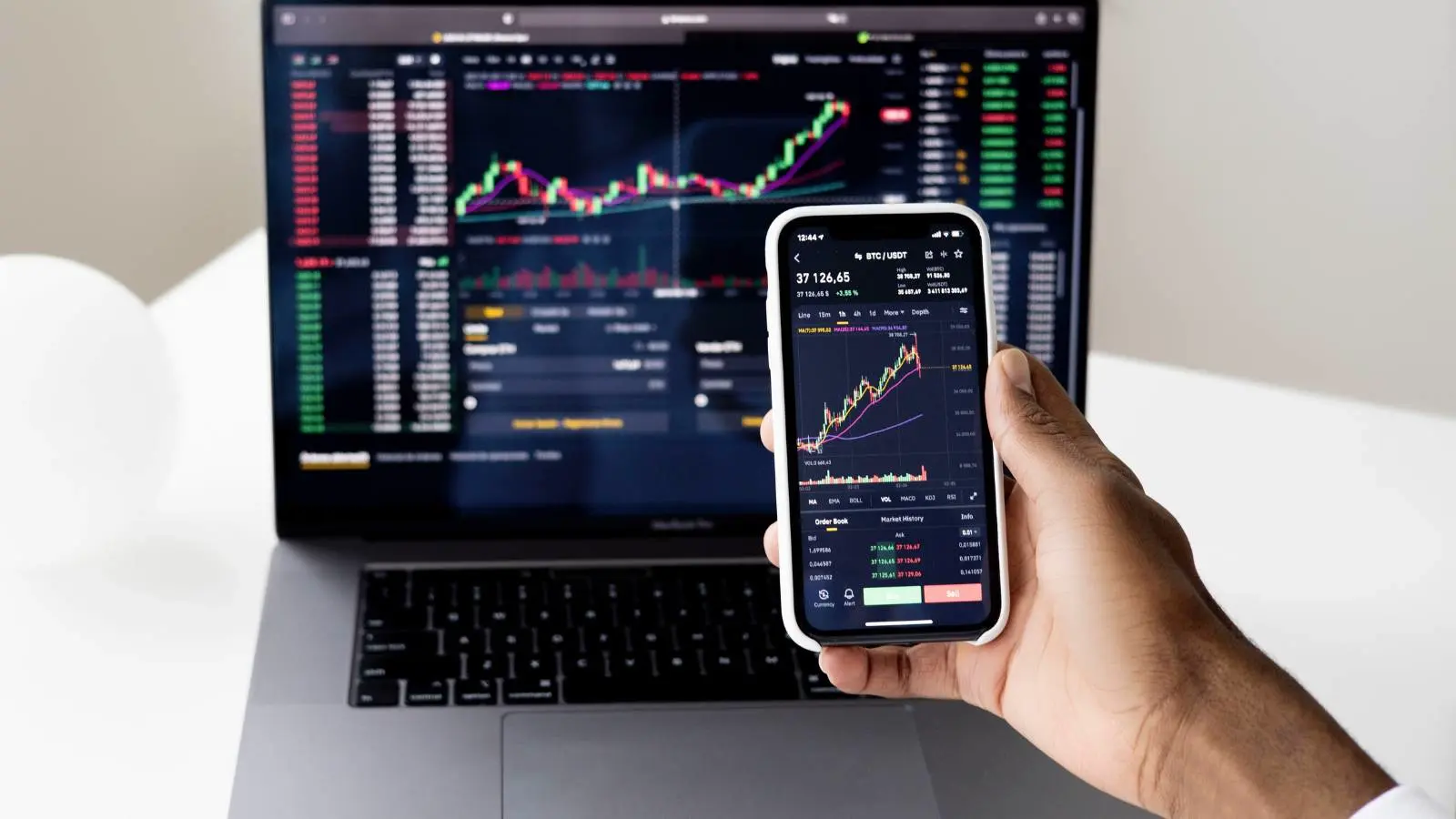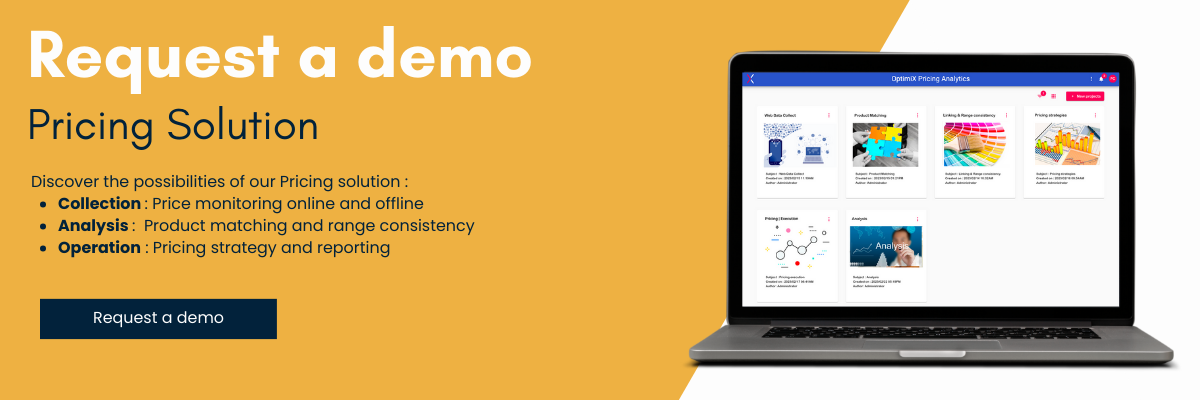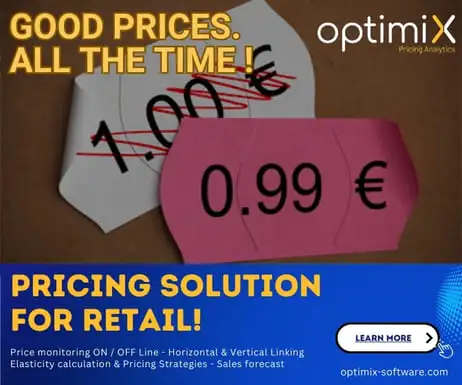Introduction
New businesses often rely on Excel as a means of tracking products and prices, making it their primary choice for managing product and price information in the early stages. This decision is economically sound, as Excel offers a cost-effective solution for maintaining a young company’s relatively small inventory, costs, and profits.
However, as an organization grows beyond a certain point, the very tool that initially supported its business becomes a significant obstacle. Excel was never designed to serve as a pricing tool for the ever-expanding range of products and services companies incorporate into their portfolios on a daily basis.
The limitations and challenges posed by Excel can lead to issues such as file duplication, formula errors, dependence on individuals’ knowledge, maintenance difficulties, and scalability problems. These issues have forced businesses to confront a harsh reality: the data contained in Excel is more valuable—and more vulnerable—than they had ever anticipated.
Evidence of this can be found across various cases. For instance, a Canadian-based power company suffered a loss of $24 million due to a manual entry copy/paste error in an Excel spreadsheet, resulting in an inadvertent increase in global purchase prices and wiping out 10% of their annual profits.
Of even greater concern, Excel’s limitations become increasingly problematic when a business operates in a highly competitive environment. In such scenarios, Excel falls short in enabling businesses to swiftly respond to rapidly changing market conditions, daily price fluctuations, and immediate requests for discounts or rebates from sales teams.
The time has come to embrace a more sophisticated approach to pricing.
The limits to using Excel to optimize your prices
In the retail industry, price optimization is essential to remain competitive and maximize profits. However, many companies still use Excel spreadsheets to manage this critical task. This article highlights the limitations and drawbacks of using Excel as a pricing tool in retail, while highlighting the benefits of adopting specialized solutions.
- Increasing data complexity: Modern retail generates a large and complex amount of data. Excel can quickly reach its limits in terms of its ability to process, manipulate and analyze large amounts of data. Spreadsheets can become inefficient, error-prone and difficult to maintain as the complexity of pricing data increases.
- Lack of centralization and collaboration: Excel is not designed to facilitate data centralization and collaboration. In a retail environment with multiple stores, teams and sales channels, it becomes difficult to effectively share pricing information among stakeholders. Spreadsheets can be scattered, resulting in inefficiencies, miscommunication, and difficulty tracking updates and changes.
- Modeling limitations: Excel offers basic modeling capabilities, but they are often insufficient to reflect the complexity of retail pricing strategies. Aspects such as customer segmentation, promotion optimization, real-time price management and adaptation to competitive dynamics require sophisticated and flexible models. Excel cannot provide the power and flexibility needed for advanced pricing modeling.
- Risk of errors and manipulation: Excel spreadsheets are prone to human error, including data entry, copy and paste, and complex formulas. A single error can have a significant impact on prices, margins and revenues. In addition, Excel files can be easily modified or manipulated, presenting an increased risk of malicious manipulation of pricing data.
- Additional time and costs: Using Excel for retail price optimization requires considerable manual effort and time investment. Collecting, updating and analyzing data can be tedious and time consuming, leaving less time for strategic activities. In addition, the potential errors and delays associated with using Excel can result in significant financial costs for companies.

Benefits of a pricing solution vs. Excel
Using a specialized pricing solution has many benefits over using Excel. Here are some of the key benefits:
In today’s business environment, it is increasingly common to hear that using Excel may not be the best solution for managing pricing. So why are so many companies considering moving away from Excel? That’s precisely the question we want to answer in this article about Excel and pricing software.
At Optimix, as a SaaS pricing software provider, we constantly hear from our customers about the problems Excel can cause in their pricing efforts.
What we hear most often from our customers is that Excel isn’t bad software – it excels at what it was designed to do – but no one could have foreseen the evolution of the modern pricing industry.
If your company only offers a limited number of products with identical prices in a few regions where you operate, you can probably continue to use Excel for your pricing.
However, if you have an extensive list of products, are heavily involved in distribution, have products that are subject to fluctuating raw material prices, or need to manage discounts and rebates, keep reading. Pricing software may well help you escape the nightmare of manual entry.
Software cost: Excel Winner
Compared to purchasing pricing software, Excel is relatively inexpensive. It is quick and easy to set up, and most employees are already familiar with its use.
Certainly, Excel is affordable, easy to learn, customizable and offers useful calculation features. However, as companies evolve and have more complex analytical needs, the “cheap” benefits of Excel can quickly turn into drawbacks. Using Excel often involves manual entry and frequent human error, especially when multiple people are working on the same spreadsheets or when there are different versions of the same document.
That said, Excel is a cost-effective choice for what it offers, and it’s suitable for companies that don’t have growth issues.
However, if your company manages a large number of items, hundreds or even thousands of customers, complex pricing rules and other variables, the necessary automation may not be present in Excel.
Which software provides the most pricing information? Winner - Pricing Software
The winner in this category is Pricing Software, which provides a comprehensive view of pricing, including advanced data analytics and pricing optimization based on Artificial Intelligence and Machine Learning.
This optimization enables the most accurate, real-time pricing possible, providing a level of business agility to easily adapt to market conditions that can dynamically change several times a day. In addition, the dashboards in these programs are customizable and easy to read.
On the other hand, although Excel can present information in various types of charts, there is no in-depth “in-program” analysis.
In Excel, KPIs and metrics must be cross-referenced and used to highlight underperformance and perform multiple ad hoc analyses to uncover business opportunities. For basic cost-plus pricing or list-based discounts, Excel can do the job. However, extracting actionable pricing information from Excel is a labor-intensive activity, which means you may struggle to keep up in a fiercely competitive marketplace.
Because of this very quick process in Excel, you may never find the time to perform in-depth analysis, which can rob you of valuable pricing information.
Which software makes it easier to justify pricing? Winner - Pricing Software
In the category of understanding and justifying pricing, pricing software wins. Modern pricing software takes a transparency approach called “clear box”. This means that the entire pricing system is transparent and end users have access to all explanations for price changes. This transparency can be a powerful tool.
With pricing software, pricing choices are built in real time based on the most recent data. This allows executives and salespeople to have a clear view of pricing and confidently pass on information to their customers and/or franchisees.
On the other hand, Excel requires the collection of transaction data scattered throughout the company, which must then be analyzed for typos and human errors. Then, the relevant data must be subjected to complex calculations and aggregated into a spreadsheet, making access to this information more complex via functions such as VLOOKUP or pivot tables.
The result is a pricing black box that only a few people in the organization can understand, correct, review in detail or reproduce without creating multiple versions of the same document.
A black box can lead to confusion, or worse, mistrust or misunderstanding of pricing among sales staff. In addition, in Excel, it is possible that your margins are being eaten away without anyone in your company realizing it, due to the amount of work that this analysis requires.
By opting for pricing software, you gain complete transparency, making it easier to understand and justify pricing choices within your company.
Conclusion
In pricing, Excel has been a great tool, but times have changed. It no longer manages to provide the flexibility, integration, scalability, security, clarity, efficiency, or scope needed in the modern pricing world.
Providing your pricing team with mediocre tools to work with is a waste of their expertise. Adopting pricing software will allow them to focus on what you’re really paying them to do: analyze, simulate, strategize, and grow your company’s profits.
Excel is the opposite of transparency. Black box pricing, which only a few people understand, can be distrusted. Today, the transparency offered by pricing software has become the standard for building trust among your vendors, your customers, and most importantly, within your company.
In retail, to stay competitive, it is essential to be highly responsive. If your competitors are adjusting their prices several times a week in response to a multitude of market movements, it is crucial to do the same.
It’s 2023, not 1995!
Whether you like it or not, the world has become more complex, and your business must evolve with it.
By now, you should have a clear idea of the beneficial impact pricing software can have on your business, and you may want to consider moving away from your current Excel pricing system.
If you would like a demo of our pricing tool, contact our experts.
OptimiX, expert in Pricing, accompanies you!
The Optimix XPA solution offers complete management of pricing issues, from data collection to price optimization, including range matching and consistency.
You can use the pricing data upstream to analyze the competition and obtain valuable information to establish your strategy. Most importantly, once you have defined your strategy, the tool allows you to set prices for all referenced product lines.
This frees your teams from time-consuming tasks and reduces the risk of errors. You have total control over price management, which allows you to optimize your price positioning while protecting your margins.



